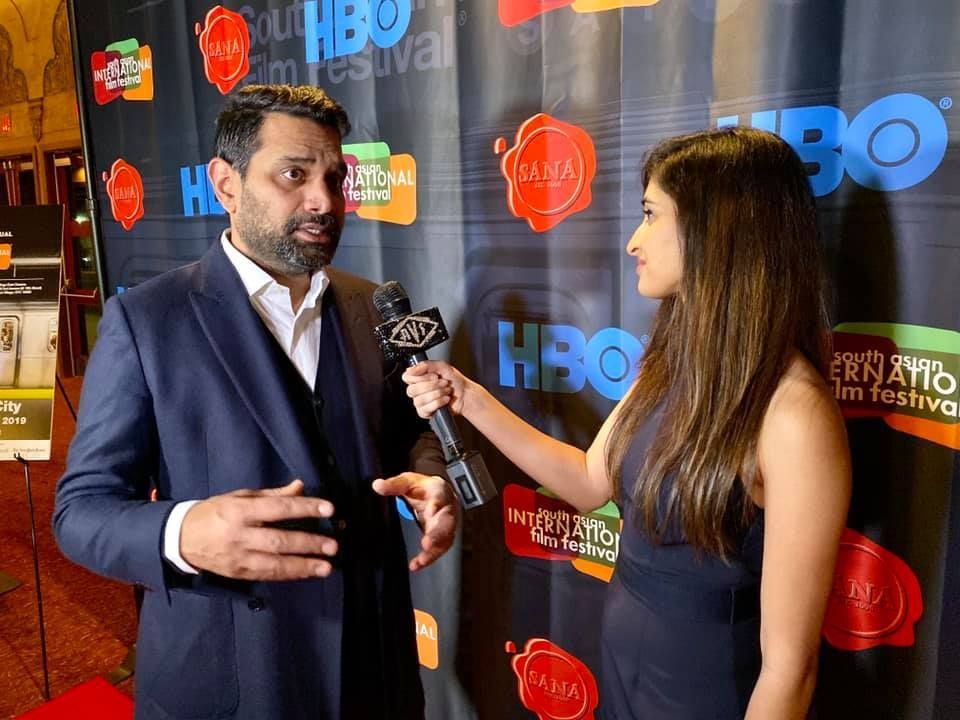South Asian Film Festivals and Desi Audiences:
A Match Made in Cinema Heaven
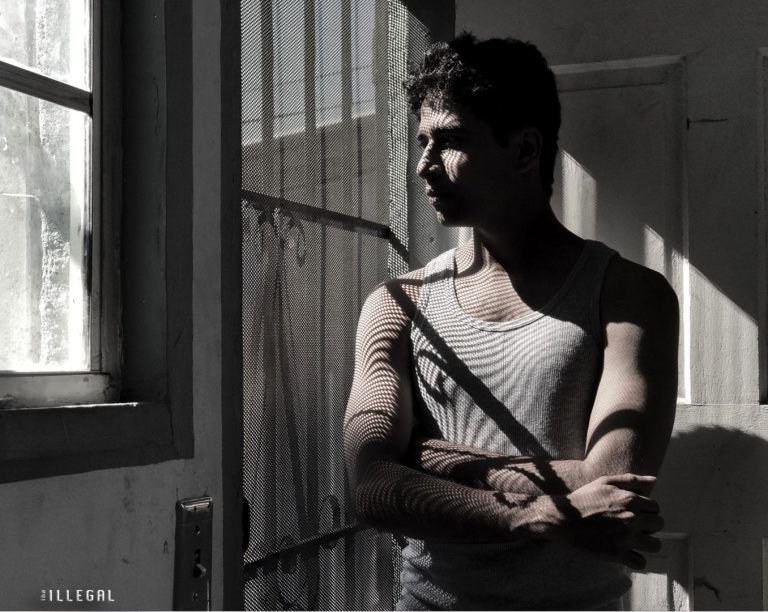
[dropcap]C[/dropcap]an South Asians survive without cinema? I think not. It’s the surreal chicken tikka of their dreams, the spicy samosa of their entertainment. Back in the 1960s, some of the film-starved early Indian immigrants would rent a small cinema hall in Queens to watch a Hindi film. Other initiatives were by homesick students at Columbia University arranging a blurry print of a masala movie and gathering chairs in the open to unite the local South Asian community with a touch of reel India. Indian cinema in America was a rare treat.
Flash forward to 2019 and suddenly the famine has transformed into a feast. Many of the big American cinema complexes have Indian film programming and you can often catch a blockbuster release concurrently in New Delhi and New York. Indian-Americans are spoiled for choices with so many desi films on Netflix and other live-streaming outlets. The biggest indulgence, perhaps, is the sheer number of film festivals showcasing South Asian films in New York – long before their release in India.
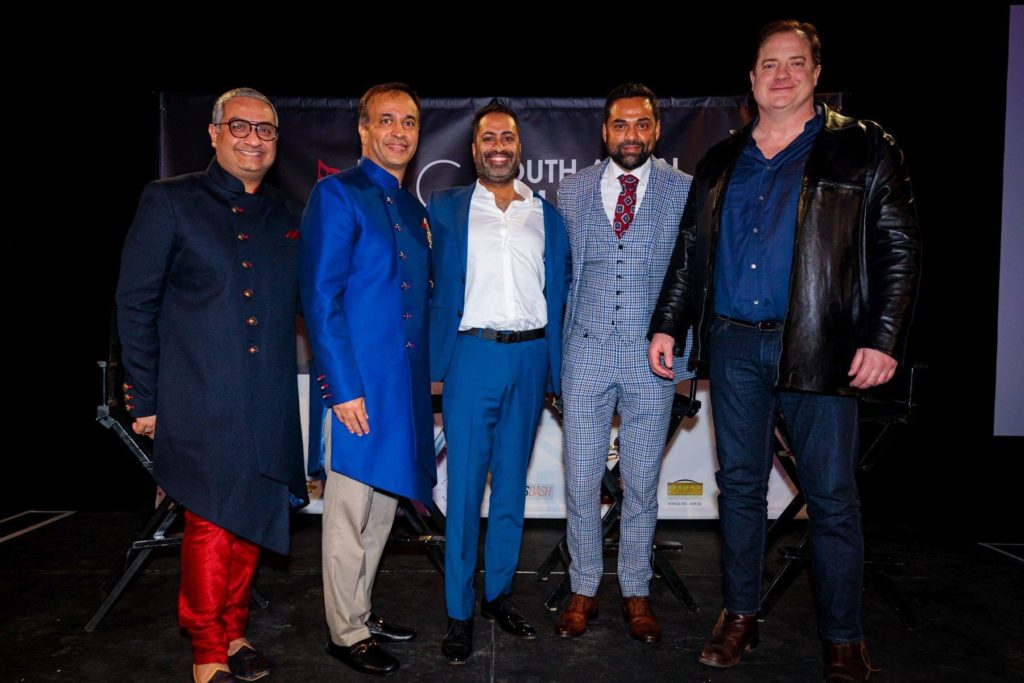
[dropcap]W[/dropcap]hat started out as one lone Indian film festival, metamorphosed into two and now into three film festivals, two of them back-to-back this year alone. And this is not counting the small individually organised, random regional festivals in neighboring states. With all the quality programming the gainers are the audiences which have also been increasing steadily over the years. Not only did New York begin 2019 with a festival but is ending it with two more.
In May the New York Indian Film Festival (NYIFF) brought a wonderfully curated collection of films for its 19th year of screening films from the Indian subcontinent with star power of Neena Gupta, Vikas Khanna and The Last Color as well as topnotch films including Passport, and Sir. None of these movies had been seen in India yet.
In November 2019, NYC SAFFI, a new film festival came to town, thanks to Jitin Hingorani who had initiated the DFW South Asian Film Festival five years ago in Dallas. He decided to launch a similar festival this year in New York with the mission to showcase features, documentaries and shorts for all audiences form baby boomers to Generation Z. Line of Descent was the opening night film by a second gen first time director Rohit Karn Batra and starred Abhay Deol and Brendan Fraser who were there for the opening night.
Corporate support is what makes successful festivals and Hingorani had introduced Toyota into the Indian film scene, with a Toyota parked right in the lounge with the stars on the red carpet and an opening night Mafia movie. As Manny Bansi of Toyota noted, “Given how important cultural events are to the South Asian culture, this diverse cinema portfolio was an excellent platform to engage and educate and we hope that festival-goers felt inspired by the films.”
There was something for every audience from LGBTQ stories to Pakistani programming, and also many intriguing short films, many made by local Indian-American directors. These included Proof, Fractured Souls, The Unexpected, Ephemera, Freak, Agency, and Super Sonic. The centerpiece film was the unusual, animated Bombay Rose. Regional films were highlighted including the Marathi film Mai Ghat which had a remarkable performance by Usha Jahav.
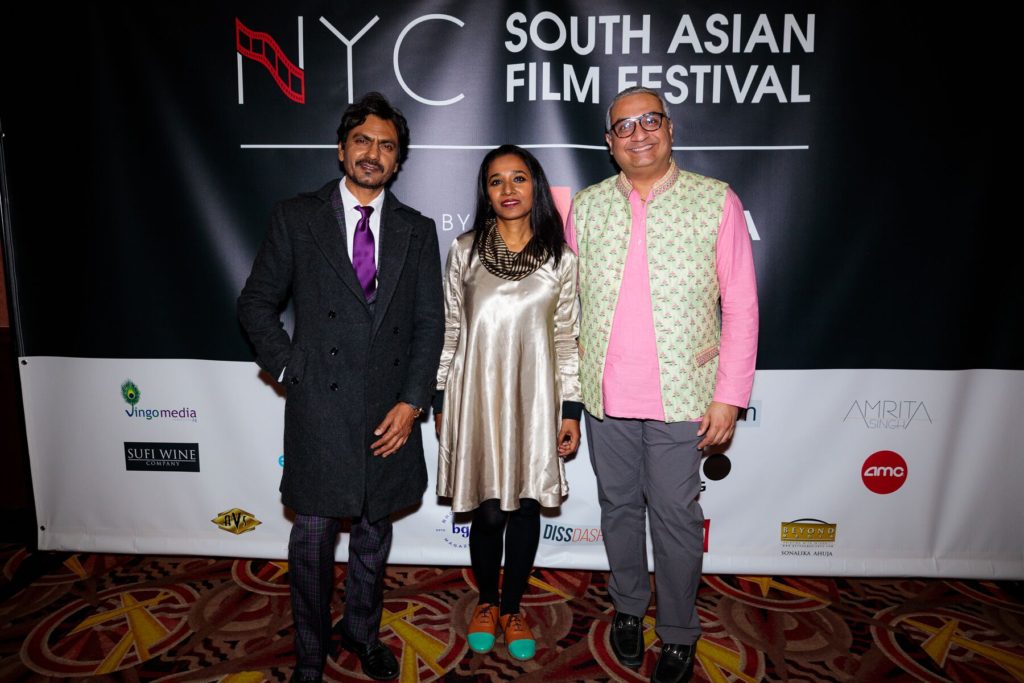
On the final day fans got to see the unusual film Roam Rome Mein directed by the talented actress Tannishtha Chatterjee as a debut director. She stars in it with everyone’s favorite actor Nawazuddin Siddiqui and they were both there for a Q and A after the film.
In an interview, Siddiqui told me that he is now shooting a new film in New York so next year this time we will probably be watching him in a film set in New York! The awards ceremony and closing night party were held in the Rumi Space, featuring Indian American performer Subhi and her band.
Hardly had the moviegoers recovered from the NYC South Asian Film Festival that there was another film festival to go to, from longtime New York aficionado Shilen Amin who’s headed the popular South Asian International Film Festival (SAIFF) for 16 years in New York, bringing an urban, gritty feel to the festival scene and some big-time supporters like HBO and The New York Times.
According to Shilen Amin, he started SAIFF to get exposure for emerging filmmakers and to right the underrepresentation of Indian cinema in a city which is known for independent filmmaking. Now in its 16th year, the festival brought in an eclectic mix of films starting with the opening night film The Illegal which stars Suraj Sharma of The Life of Pi in an intriguing film which captures the spirit of New York. The movie was followed by an after-party at the happening night spot BaarBaar.
The festival also showed the New York premiere of Kadakh – an ‘a-moral tale’ which stars Chandrachoor Rai, Kalki Koechlin, Palomi Ghosh, and Rajat Kapoor. The final night movie was another biggie, Lal Kabootar starring Ahmed Ali Akbar, Ali Kazmi, and Rashid Farooqi – it is Pakistan’s nomination for the Oscars. The great thing about South Asian film festivals is that all three subcontinental neighbors are featured in one location so the theater turns into a virtual Indian sub-continent in America.
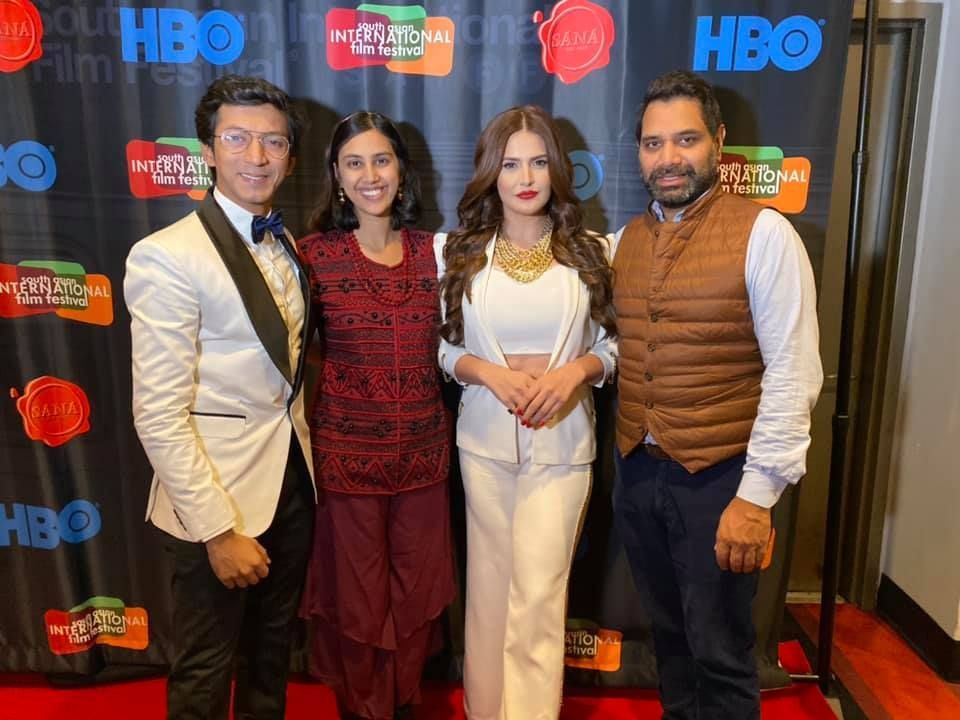
[dropcap]S[/dropcap]AIFF draws a young audience with its offbeat, independent films and after-parties, as well as the mandatory sponsors. Indeed, festivals need both to survive and thrive.
Besides aspiring entrepreneurs and actors and would-be film-makers, New York is full of a young, vibrant South Asian demographic, and at the same time has great assets, be it new party spaces, restaurants, entertainers. New York also has so many universities with film departments and professors that curators and panelists and critics are all easily available to make independent cinema as well as film festivals very viable.
Cinema continues to be the life-blood of young South Asians in New York – and one wouldn’t be surprised if we get some more desi film festivals popping up in the Big Apple. In life, you can never have too much chai and too many samosas – nor can you have too much desi cinema! Add some South Asian food and music and friends and it’s a match made in Heaven. So the more festivals, the merrier!(
(This article was first published in my weekly column ‘India in America’ in CNBCTV18.com )

